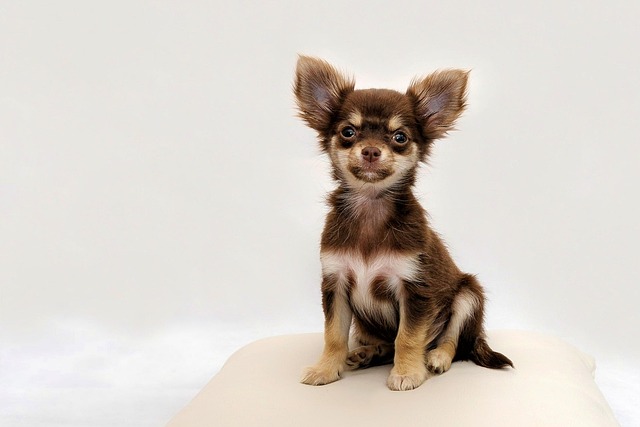
What to Feed a Chihuahua to Help It Grow Faster?
That tiny Chihuahua puppy curled up in your lap? Watching them transform from a shaky - legged furball into a feisty, healthy adult is a wild ride.
You're wrestling with the leash, your shoulder aches, and your enthusiastic Labrador nearly drags you into traffic chasing a squirrel. Sound familiar? Many frustrated owners eye no-pull harnesses as a quick fix, but do they actually solve the problem? The short answer: they're helpful tools, not magic solutions. Let’s unpack why.
No-pull harnesses work through physics, not pain. Unlike traditional harnesses that clip on the back (which can encourage pulling like a sled dog), no-pull designs feature a front chest clip. When your dog lunges, the leash attachment redirects their momentum sideways or gently turns them toward you. This disrupts their forward force without choking or gagging them—a critical distinction in regions like the EU and UK where prong or choke collars face increasing bans under animal welfare laws. For small dogs or breeds prone to tracheal collapse (like Pugs or Yorkies), front-clip harnesses significantly reduce injury risk. But remember: compliance basics come first. Always carry waste bags (fines in cities like Toronto start at $320), ensure rabies vaccinations are current, and keep ID tags visible.
Here’s the catch: harnesses alone won’t train your dog. They manage symptoms but don’t teach loose-leash skills. Without pairing the harness with positive reinforcement training, you risk creating a dog who pulls relentlessly the moment you switch back to a collar. The moment your dog walks without tension, mark the behavior with a “yes!” or clicker, then reward. If they surge ahead, stop walking immediately. Resume only when slack returns. Consistency transforms the harness from a crutch to a training aid. A frustrated Dachshund owner in Berlin combined her front-clip harness with cheese rewards for voluntary heel position, cutting pull-force by 70% in three weeks.
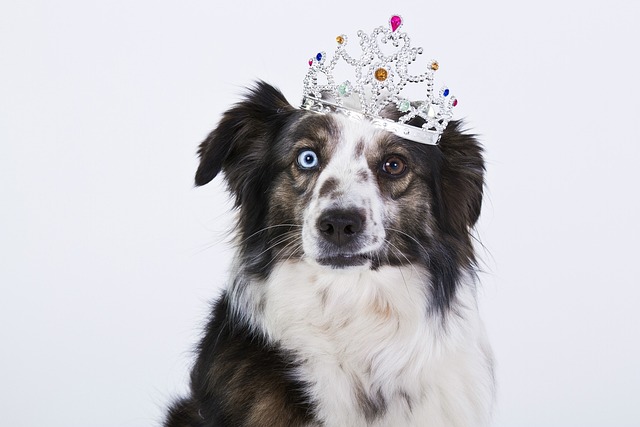
Apartment dwellers, take note: hallway manners matter. A no-pull harness gives better control in tight elevator encounters or when navigating narrow stairwells. Prevent lunging toward neighbors by teaching a “watch me” cue using high-value treats before entering shared spaces. In pet-friendly buildings where noise complaints escalate quickly, reducing frantic pulling at doorways also minimizes barking triggers. Always wipe muddy paws before entering lobbies—it’s basic community respect.
Limitations exist. Some determined pullers (like excited Huskies) may still power through front-clip redirects. For these dogs, dual-clip harnesses (with front and back attachments) paired with a two-point leash offer extra steering. Fit is non-negotiable: measure your dog’s girth carefully; a loose harness chafes, while a tight one restricts shoulder movement. Avoid harnesses that sit high on the throat—these can cause discomfort.
Ultimately, no-pull harnesses shine when used ethically as part of a training plan. They prevent injury during the learning process but won’t replace patience and reward-based coaching. If pulling persists despite consistent effort, consult a certified force-free trainer—many offer virtual sessions. And remember: your local park’s “poop bag dispenser” isn’t decor; use it religiously to keep green spaces enjoyable for all.

That tiny Chihuahua puppy curled up in your lap? Watching them transform from a shaky - legged furball into a feisty, healthy adult is a wild ride.
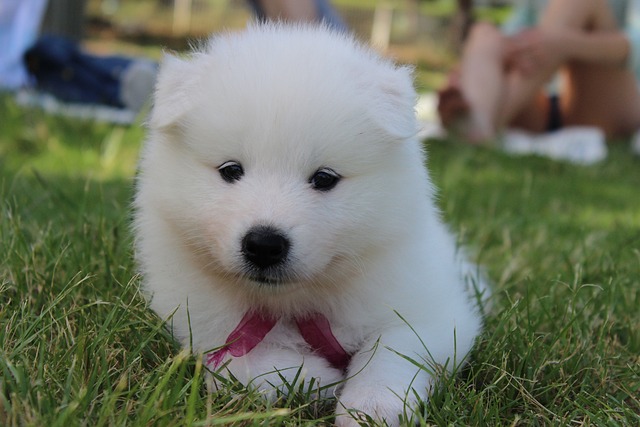
Watching your Samoyed puppy tumble around the living room, it’s hard not to wonder when that fluffy ball of energy will stop growing.
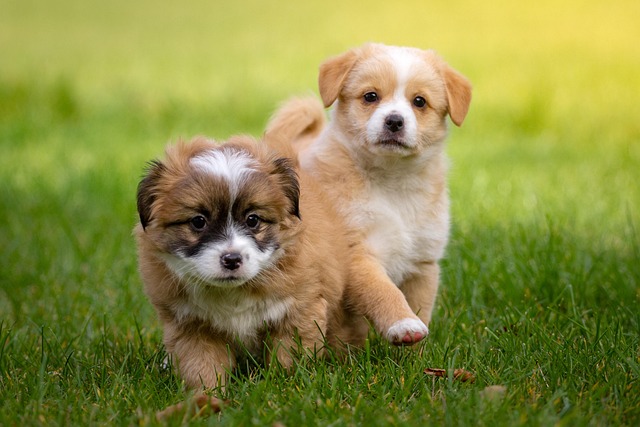
Picture this: You’re scratching your Golden Retriever’s chin and notice brown gunk clinging to their back teeth.
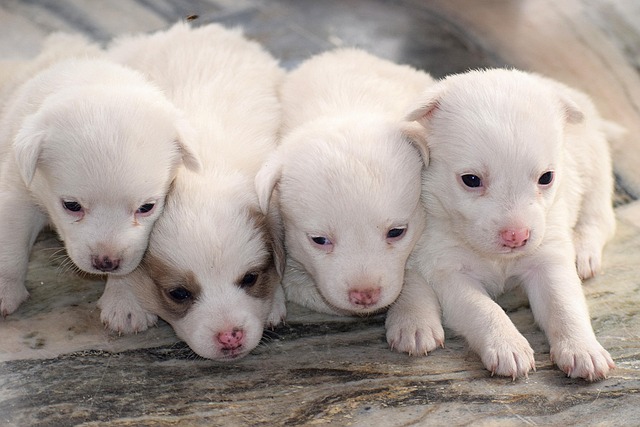
When the summer sun beats down, you might notice your dog panting heavily, tongue lolling out. Unlike humans who sweat to cool off

That faint "wet dog" smell when you walk in, or the stubborn whiff clinging to furniture despite your best efforts? Dog odors are a common headache

Ever stared at your fluffy friend and wondered how long it’ll take to get them looking show-ready? Dog grooming isn’t one-size-fits-all—time depends on breed, coat type, and the services you choose.